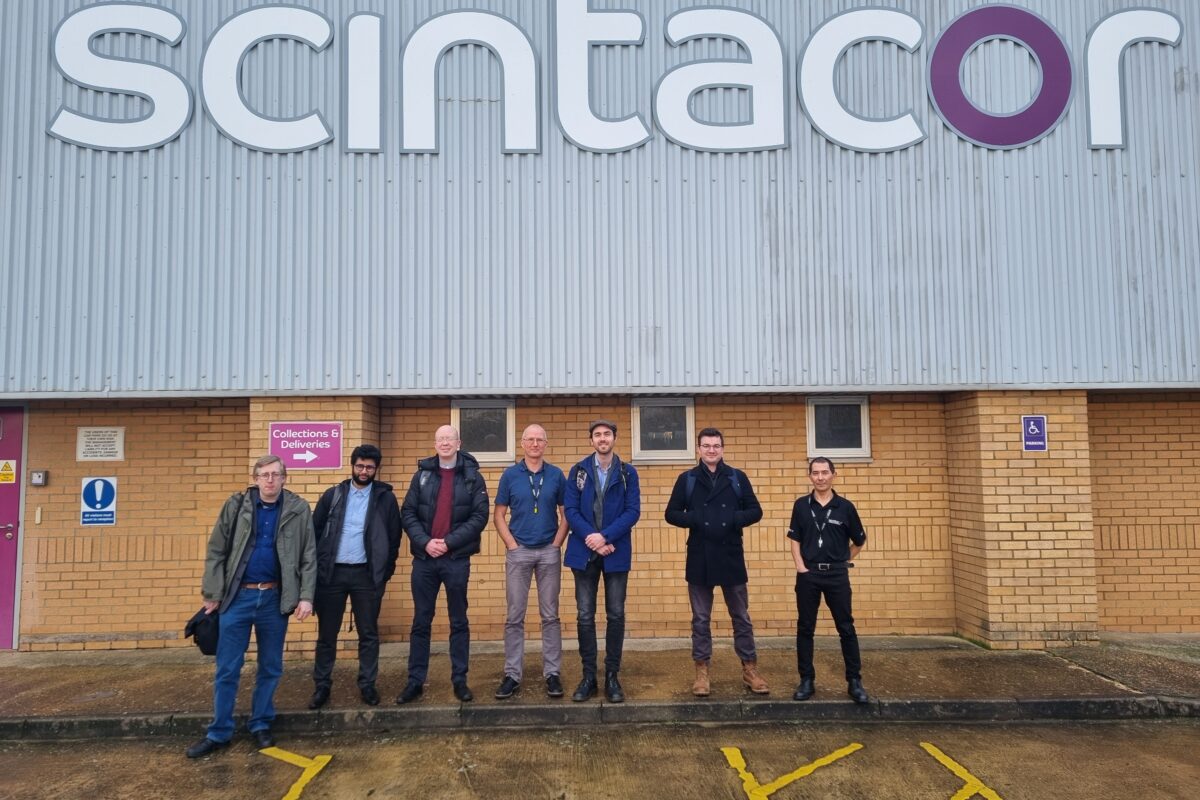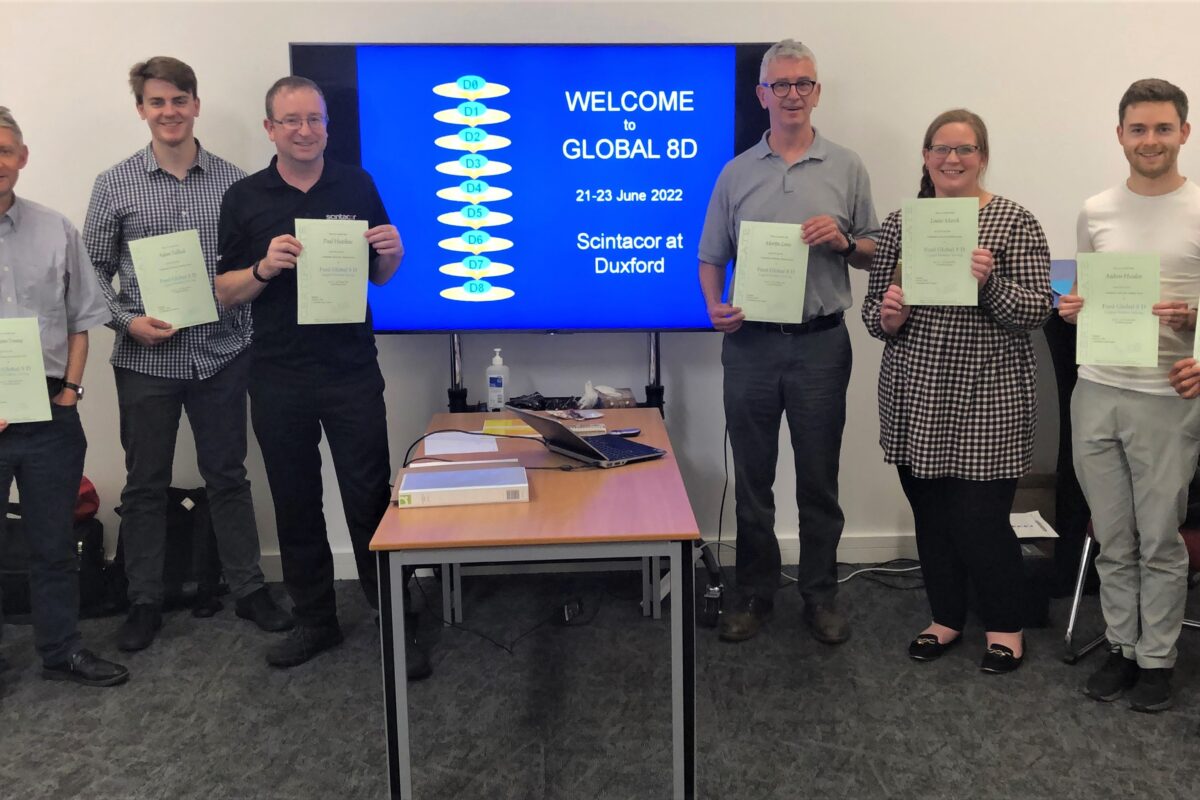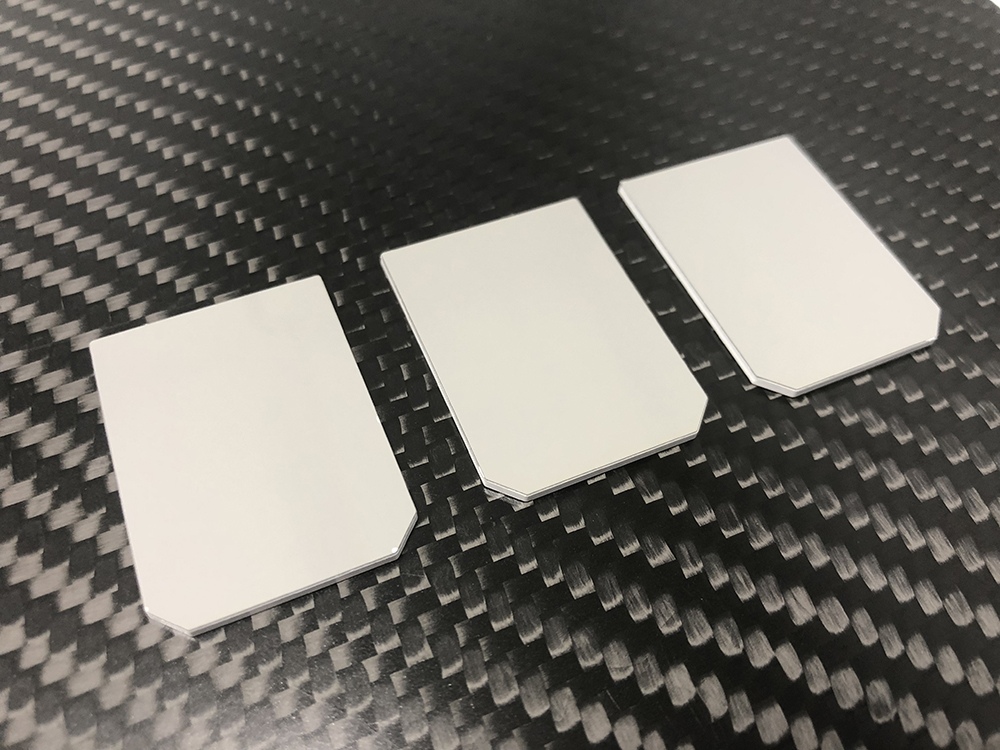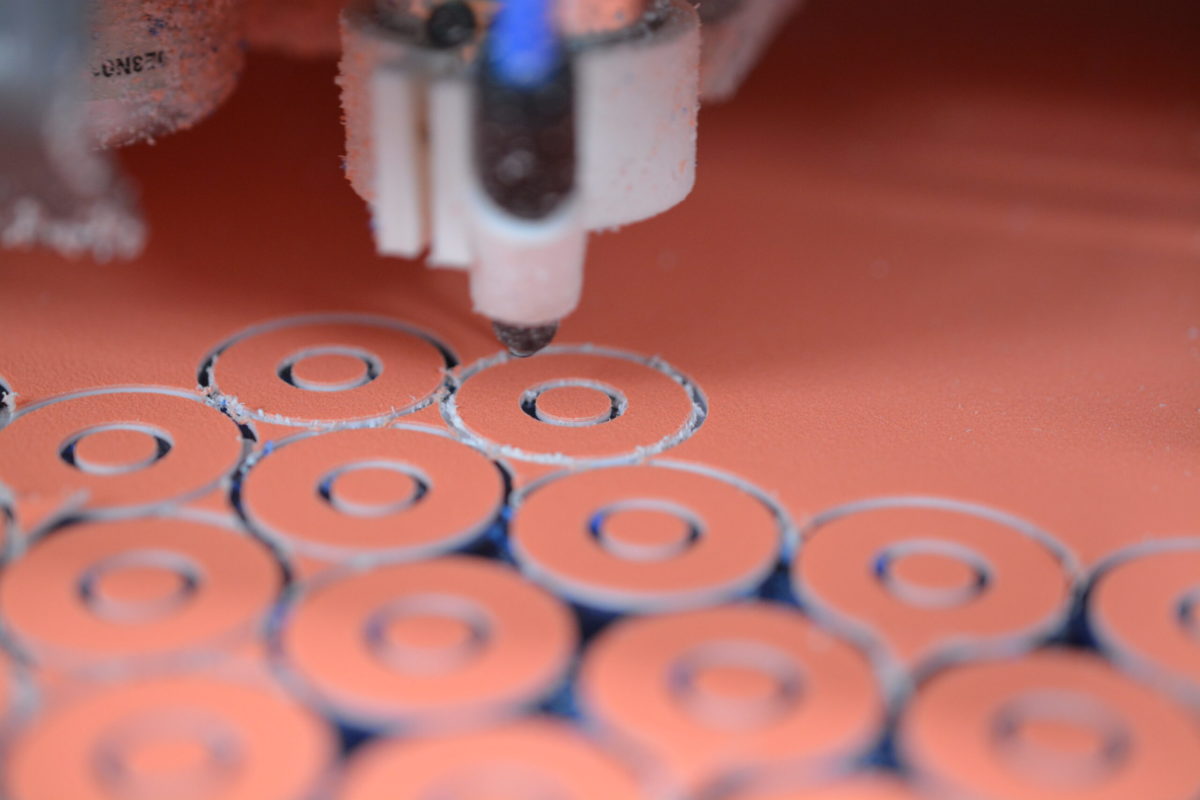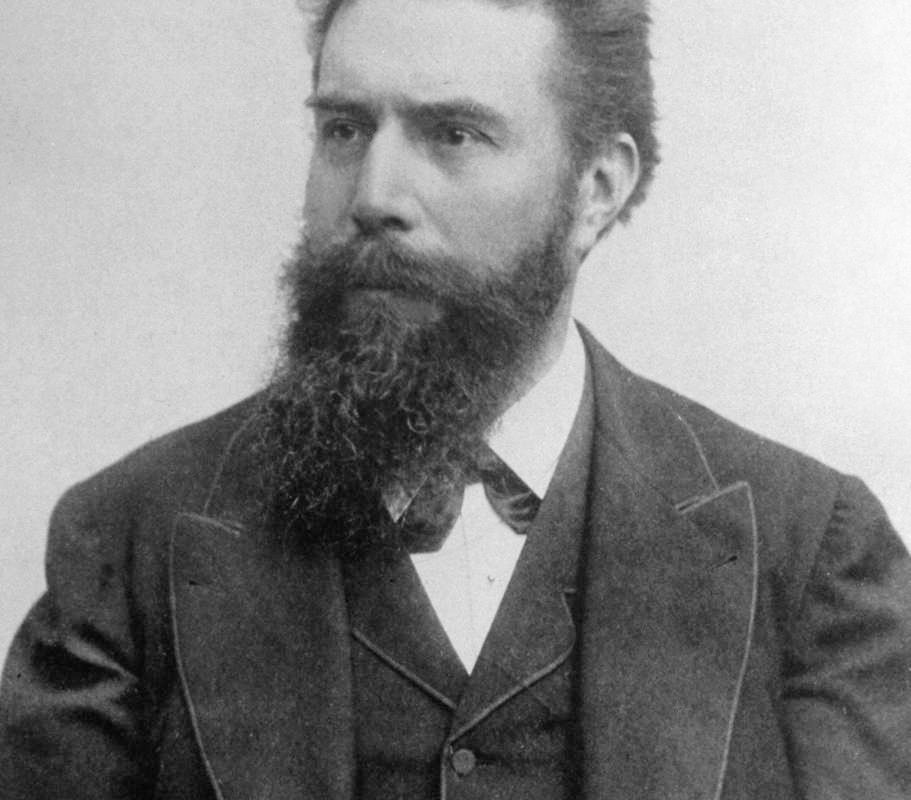Dublin, Ireland, 14 February 2023 – Tibidabo Scientific Industries Ltd (“Tibidabo Scientific”), is pleased to announce the appointment of Debra Peris as Director of Marketing. Debra brings over two decades of experience in the imaging and preclinical radiation industry, including most recently with Precision X-Ray, Inc., a Tibidabo Scientific company. ...
Photo L to R : Dr Michael Rushton & Dr Mehdi Ghardi (Bangor University), Professor Paul Bingham (Sheffield Hallam University), Dr Jan Jongman (Principal Scientist), Dr Robin Smith & Dr Alex Scrimshire (Sheffield Hallam University), and Andrew Lee (CTO) – outside Scintacor’s Manufacturing and Development centre in Cambridge, UK. Today...
Cambridge, UK, 5th September 2022- Scintacor, is pleased to announce the appointment of Jon Kemp as Managing Director Jon brings 2 decades of experience in diverse imaging applications including medical, industrial, aerospace and defense. Most recently, Jon held the role of Programme Director for CMOS & IR Imaging...
Global 8D training course for Scintacor Staff 8 members of the Scintacor team have recently completed a 3-day Global 8D training course. The team dedicated 3 days to the off-site course, learning about Global 8D both ‘in the classroom’ and by working through real-life case studies to reinforce the process....
Download the full article SC-AN-DentalImaging-001-Rev01-Jun22 Andrew Headon - Graduate in Physics from the University of Bath, has been a Development Engineer at Scintacor for five years and is part of the team developing new products based on Caesium Iodide (CsI) for OEM Dental applications. “We develop new products, define how...
PROBA2l ESA satellite PROBA2's EUV Imager using P43 Scintillator coating Supplied by Scintacor The PROBA2 Science Center, located at the Royal Observatory of Belgium in Brussels, oversees scientific operations and data processing for ESA's PROBA2 spacecraft.PROBA2 is a small ESA satellite with a scientific mission to explore the activity of...
Press ReleaseLviv, Ukraine and Dublin, Ireland - 7 February 2022 - Tibidabo Scientific Industries Ltd (“Tibidabo Scientific”), a global leader in highly differentiated technology for scientific research, aerospace, and industrial markets, today announces the opening of a new virtual office in Lviv, Ukraine.With offices in the United States, Ireland, the Netherlands,...
NASA's MESSENGER Spacecraft NASA's MESSENGER spacecraft orbited Mercury for more than four years. Among its accomplishments, the mission determined Mercury’s surface composition, revealed its geological history, discovered details about its internal magnetic field, and verified its polar deposits are dominantly water-ice. Measurements by X-ray, gamma-ray, and neutron spectrometers on the MESSENGER...
The excellent sensitivity and robustness of our phosphor-based intensifying screens allow for reliable, high-resolution X-ray imaging for mail, parcel, baggage, and cargo inspection and for use in industrial NDT, health and safety, and quality control. Scintacor’s in-house laser cutting and CNC milling systems means that we can fully customise the...
Wilhelm Conrad Roentgen 27th March 1845 – 10th February 1923, was a German mechanical engineer and physicist, who, on the 8 November 1895 produced and detected electromagnetic radiation in a wavelength range known as X-rays or Roentgen rays, an achievement that earned him the...

